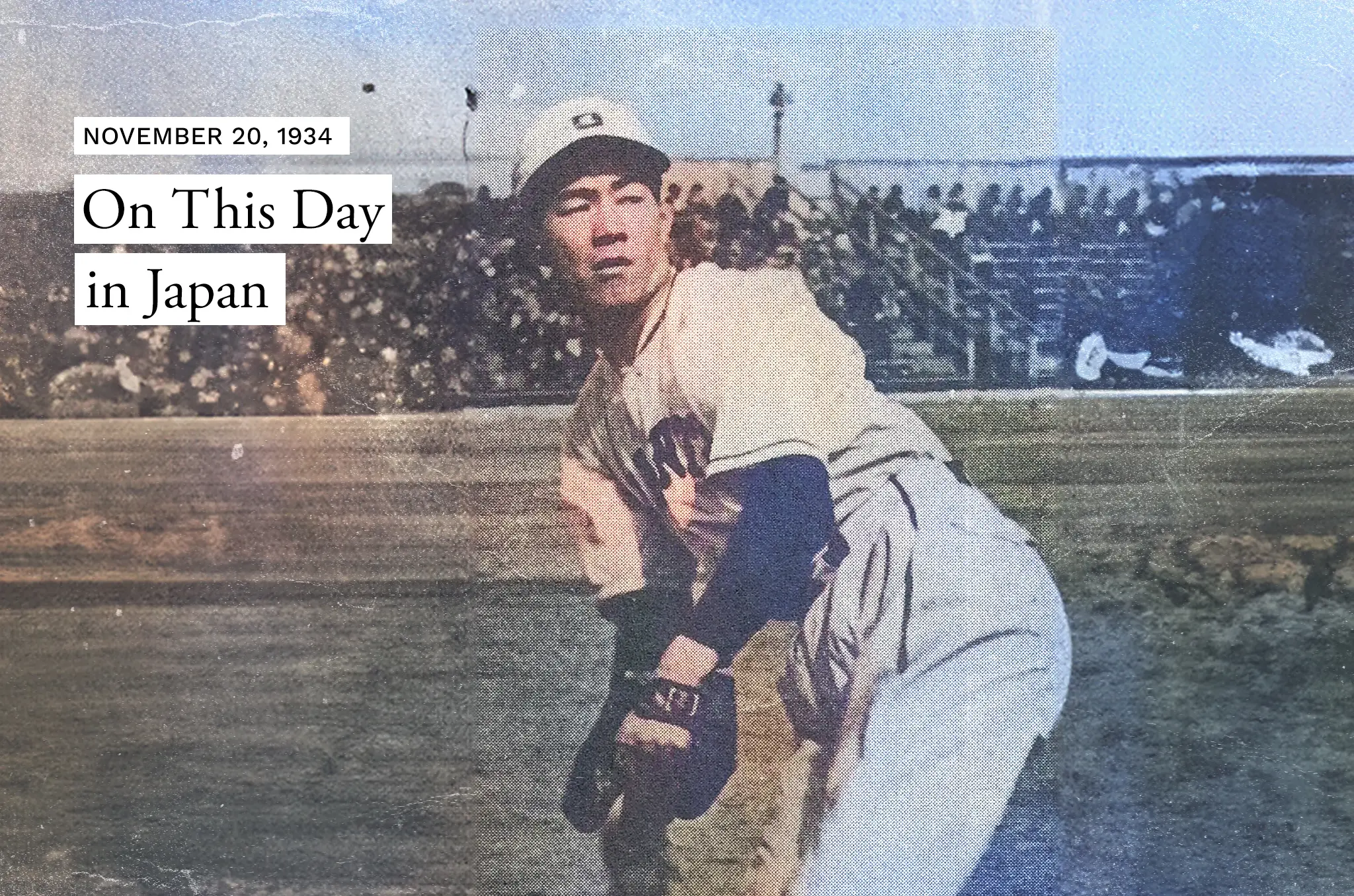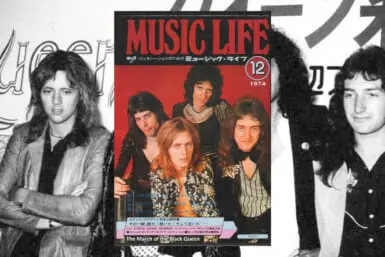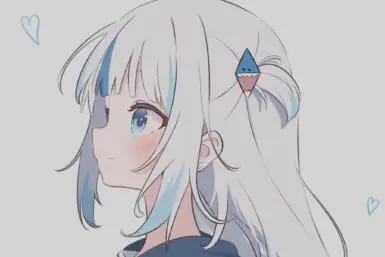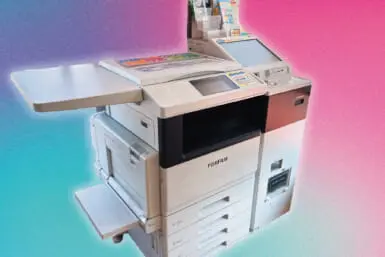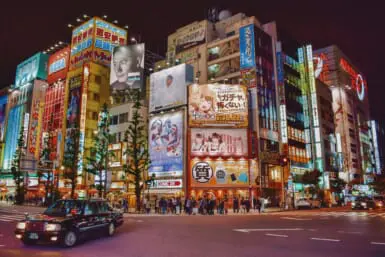On this day 90 years ago, a crowd of around 20,000 people arrived at Kusanagi Stadium in Shizuoka with a great sense of anticipation. They were there to watch an all-star team of American League baseball players that included the likes of Lou Gehrig, Charlie Gehringer, Jimmie Foxx and, most famously, Babe Ruth.
Playing against a team made up of high school phenoms, players from Japan’s top six universities and former collegiate stars, they had won the previous nine games convincingly and were expecting another crushing victory in Shizuoka. This game, however, went to the wire, thanks mainly to the performance of a 17-year-old named Eiji Sawamura.
The Japan Tour
The US tour of Japan was the brainchild of The Yomiuri Shimbun president Matsutaro Shoriki, who became known as the father of Japanese professional baseball. American all-star teams had visited the country on five occasions before 1934, but this time was different: This time the world’s most famous player was appearing.
“Banzai Babe Ruth” was the cheer as fans got their first peek of the sporting superstar at the harbor in Yokohama. He reciprocated with a “banzai” himself. The players arrived via the Canadian Pacific Line’s Empress of Japan on November 2 to a rapturous reception. Around 30,000 people were reportedly there to greet the team when the liner docked, and an estimated half a million took to the streets of Tokyo to cheer the players’ motorcade.
High School Pitcher Steals the Show
Crowds lined up for hours for the first game of the tour, which was played at Meiji Jingu Stadium on November 3. Unsurprisingly, it was an easy victory for the American team, which trounced its opponents 17-1. The Americans went on to win all the matches they played on the tour, scoring at least five points in every game — except for one. That one was their 10th match in Japan, which took place in Shizuoka on November 20.
The US side, which managed 21 points in the previous game, was scoreless after three innings. In the fourth, high school student Eiji Sawamura stepped up to the plate. He had been hit for 10 runs in eight innings in a previous game, and it was surely only a matter of time before the scoreboard started ticking along. Remarkably, the teenager held the Americans to a single run over five innings pitched. He also struck out nine batters, including Gehringer, Ruth, Gehrig and Foxx in succession.
Gehrig eventually scored the winning home run in the seventh inning as the US team narrowly won the game 1-0. Despite the defeat, Sawamura became a national hero for the way he pitched against such a revered group of players. Connie Mack, the manager of the All-American team, was so impressed, he reportedly found Sawamura after the game and offered him a contract with the team he owned, the Philadelphia Athletics. Sawamura politely declined, as he had no interest in playing abroad.
The Start of the Japan Baseball League
After the US team returned home in December 1934, Shoriki — who survived an assassination attempt by a right-wing nationalist for allowing Americans to play baseball in Jingu Stadium — established Japan’s first professional baseball team using players from the tour.
The Yomiuri Giants — originally called Dai Nippon Tokyo Yakyu Club (the Great Japan Tokyo Baseball Club) and then Tokyo Kyojin (meaning Giants) — traveled to the States to play against college and minor league teams in 1935. Later that year, the Osaka Tigers — now known as the Hanshin Tigers — formed. Five more teams soon followed, leading to the founding of the Japan Baseball League on February 5, 1936.
The early years were dominated by the Tigers and Kyojin, who between them won the first 11 championships. The league’s two star attractions were both pitchers for Kyojin: Russia’s Victor Starffin — nicknamed the “blue-eyed Japanese” — and Sawamura, who pitched the first no-hitter in Japanese pro baseball in September 1936. He did it again in 1937 — the year he was named Most Valuable Player (MVP) — and in 1940.
Eiji Sawamura’s Death and Legacy
In 1938, Sawamura was drafted into the Japanese imperial army, though was released from duty during baseball seasons. In December 1944, five months after the birth of his daughter, he boarded the SS Hawaii Maru along with other soldiers of the 29th Infantry Division. Just off the coast of Yakushima, the ship, which was bound for Borneo, was torpedoed and sunk by the USS Sea Devil. All 300 soldiers and sailors on board were killed, including Sawamura. He was 27.
In 1947, three years after his death, his former team — by then known as the Yomiuri Giants — retired Sawamura’s number (14) to honor him. That same year, the Japanese magazine Nekkyu established the Eiji Sawamura Award, which is given to the top starting pitcher in Nippon Professional Baseball each year. It’s Japan’s equivalent to Major League Baseball’s Cy Young Award. The Mie Prefecture-born player was posthumously honored again in 1959, when he was inducted into the Japanese Baseball Hall of Fame.

